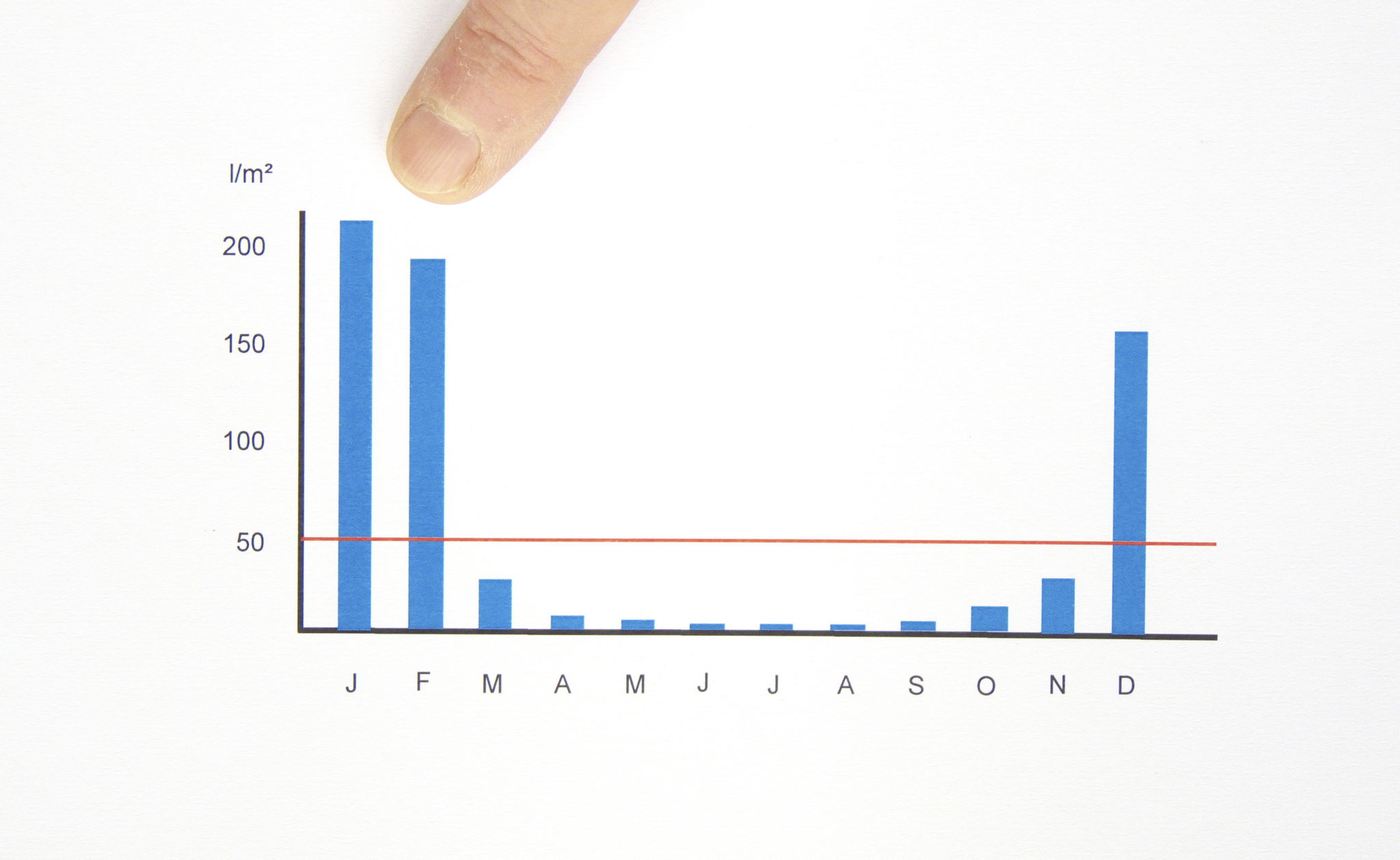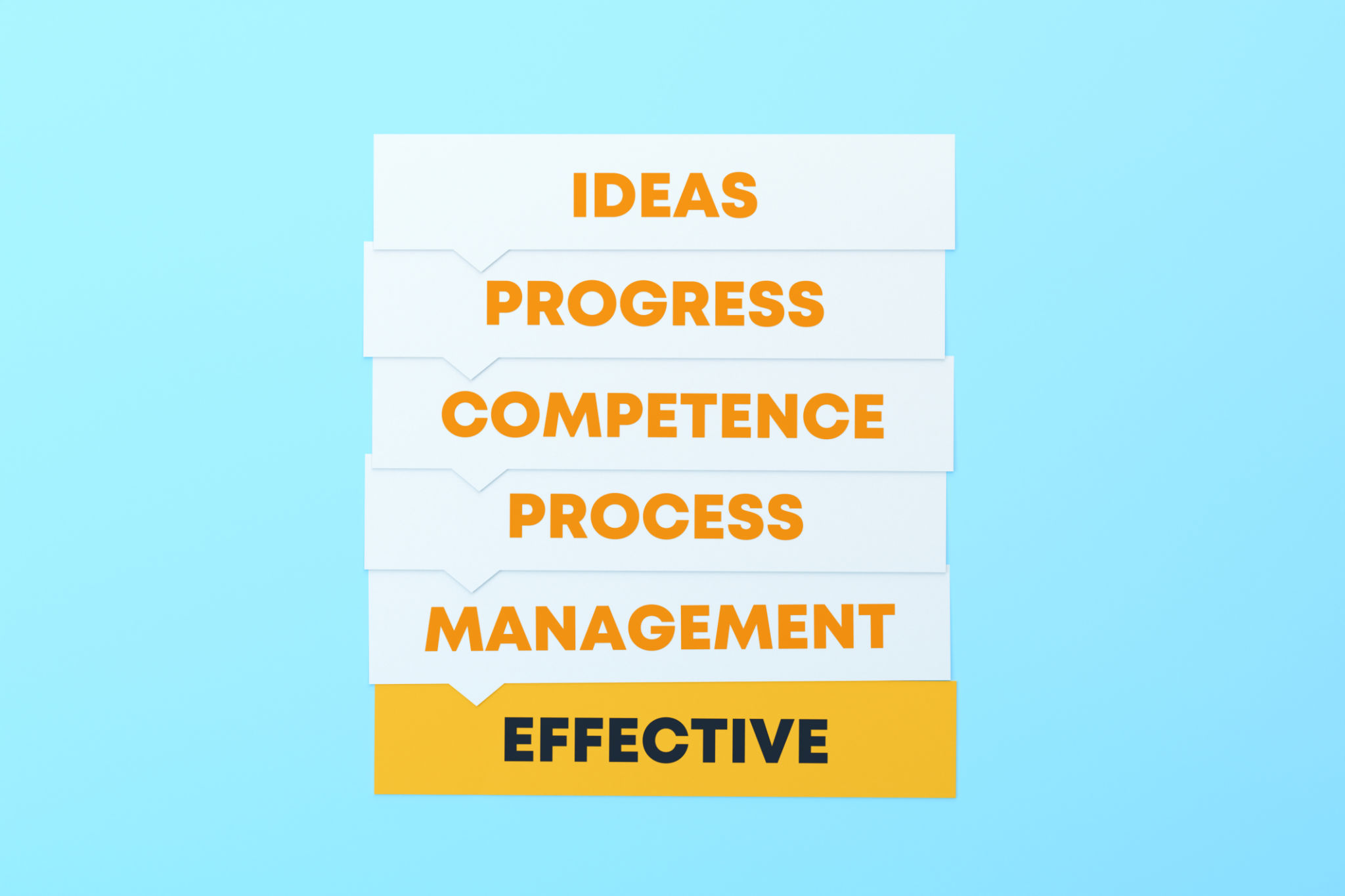Preventive vs. Predictive Maintenance: What’s the Difference?
Developing the right maintenance strategy
Maintenance strategies play a crucial role in asset longevity, cost reduction, and operational efficiency. Two of the most widely adopted approaches are preventive maintenance and predictive maintenance. While both strategies aim to minimize downtime and enhance asset performance, they differ in execution and cost-effectiveness. Understanding these differences helps organizations choose the right approach for their needs.

Understanding Preventive Maintenance
Preventive maintenance (PM) involves scheduled servicing of equipment at predetermined intervals, regardless of its current condition. The goal is to prevent unexpected failures by replacing parts, lubricating components, and conducting routine inspections.
Benefits:
- Reduces unexpected breakdowns.
- Extends equipment lifespan.
- Easier to implement and manage.
- Predictable maintenance costs.
Limitations:
- Can result in unnecessary maintenance and higher costs.
- Does not account for real-time equipment conditions.
- Potential for over-maintenance leading to resource waste.

Understanding Predictive Maintenance
Predictive maintenance (PdM) utilizes real-time data and advanced analytics to monitor equipment performance and predict failures before they occur. This approach leverages condition-monitoring technologies such as vibration analysis, infrared thermography, and AI-driven diagnostics.
Benefits:
- Reduces equipment breakdowns by up to 70% (PwC, 2017).
- Lowers overall maintenance costs by addressing issues before failure.
- Optimizes asset performance and minimizes downtime.
- Data-driven decision-making enhances efficiency.
Limitations:
- Requires significant investment in technology and training.
- Implementation complexity and data management challenges.
- Dependent on accurate and consistent data collection.

Choosing the Right Strategy
The decision between preventive and predictive maintenance depends on several factors, including budget, asset criticality, and available technology. Organizations with high-value assets and access to real-time monitoring tools may benefit from predictive maintenance, while those with standard equipment and limited resources might find preventive maintenance more practical.
As Benjamin Franklin wisely said, "An ounce of prevention is worth a pound of cure." By strategically balancing both approaches, businesses can optimize maintenance efforts, reduce costs, and ensure long-term operational success.
